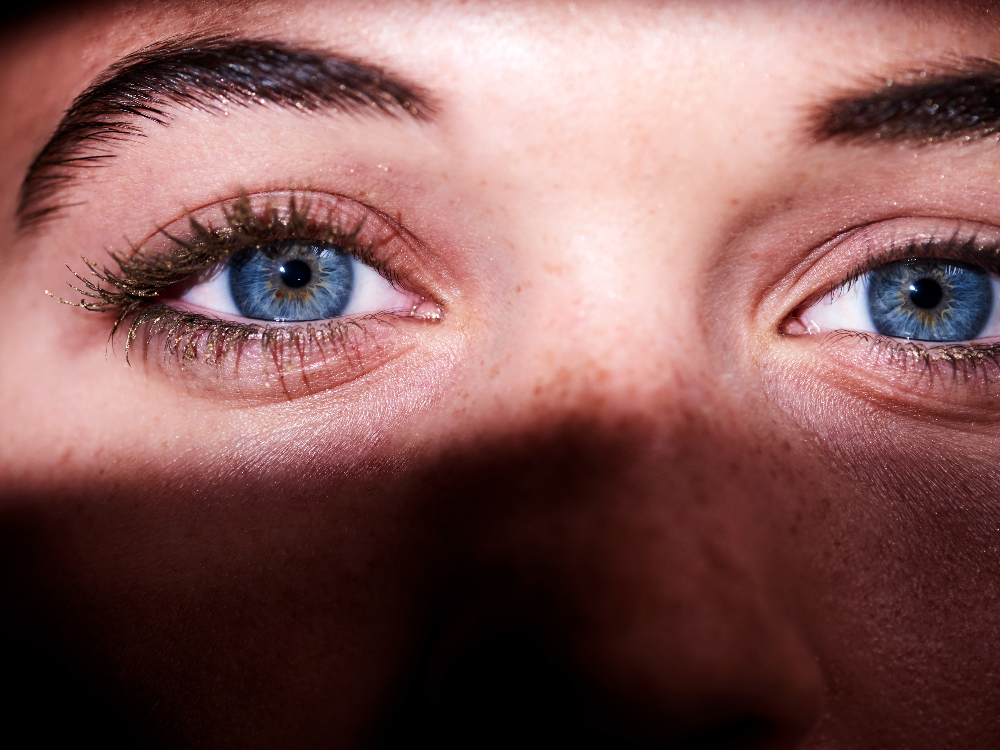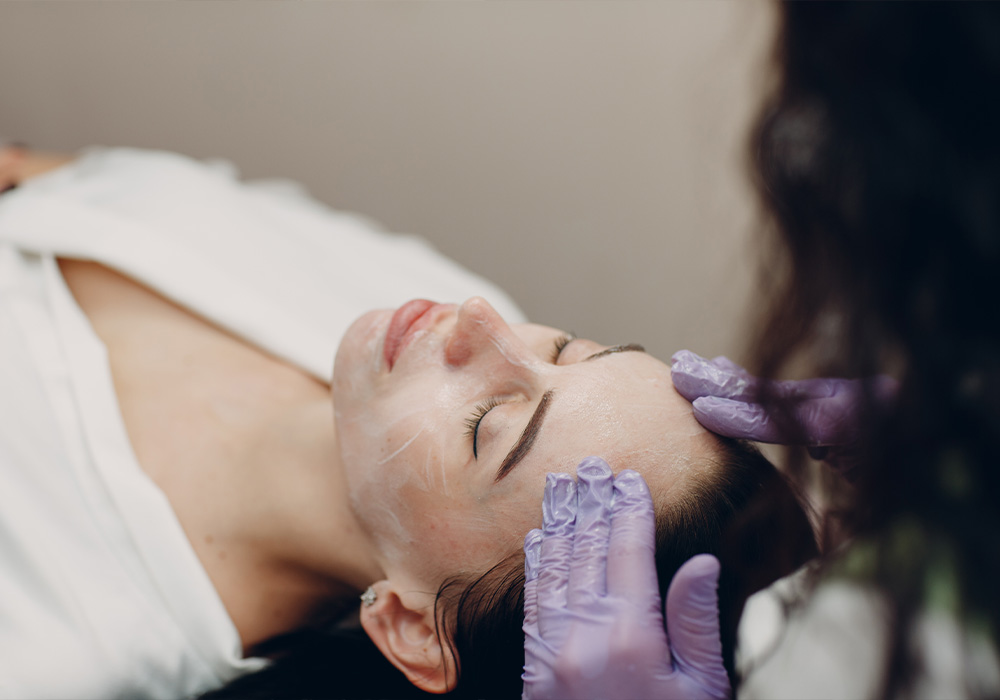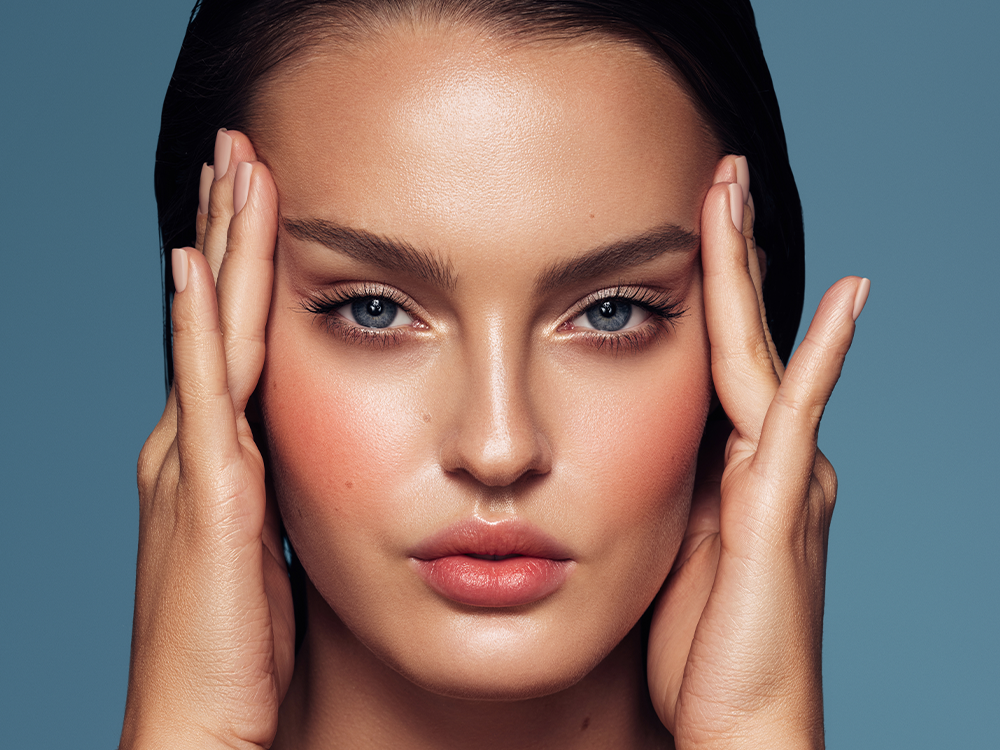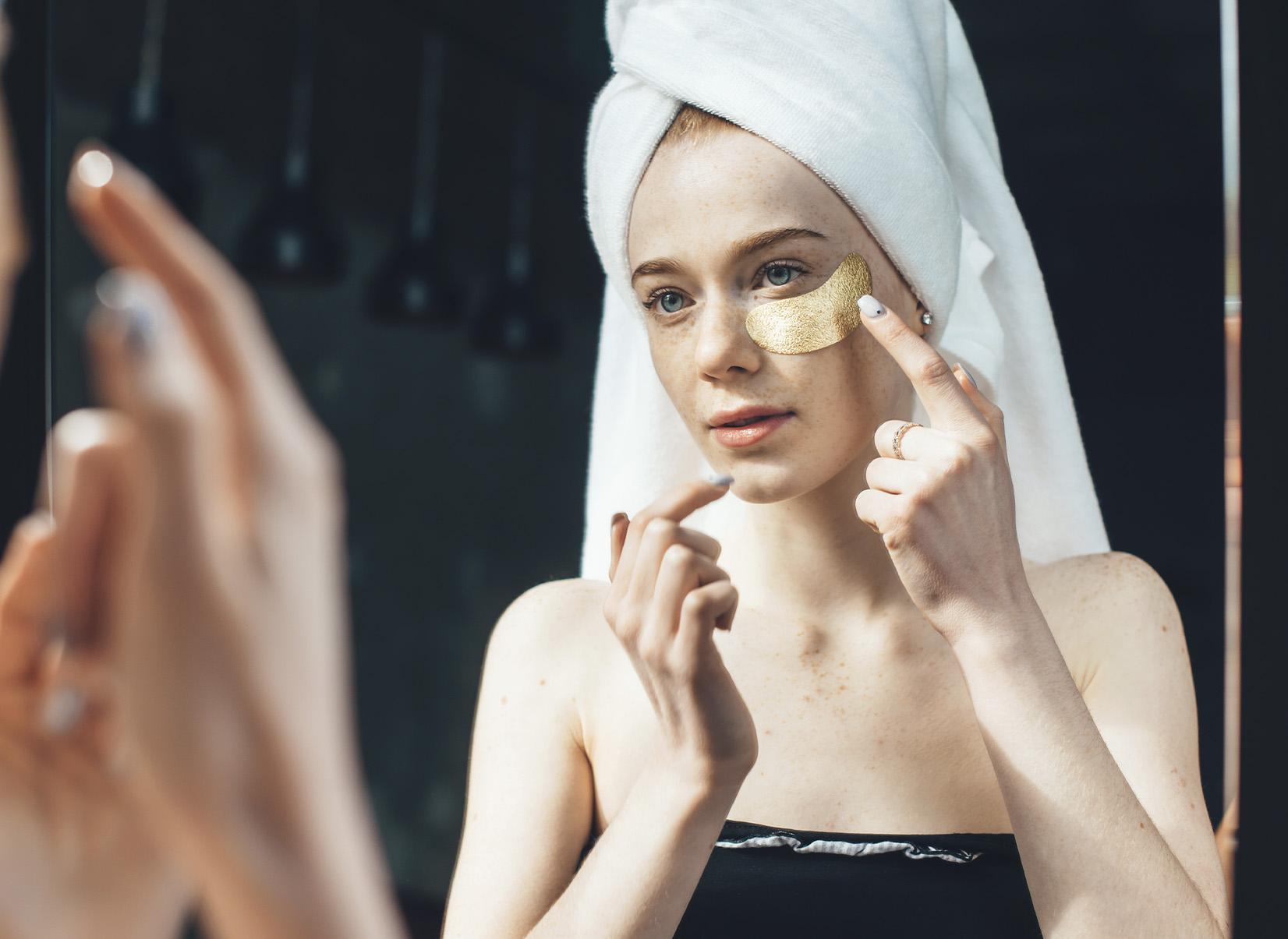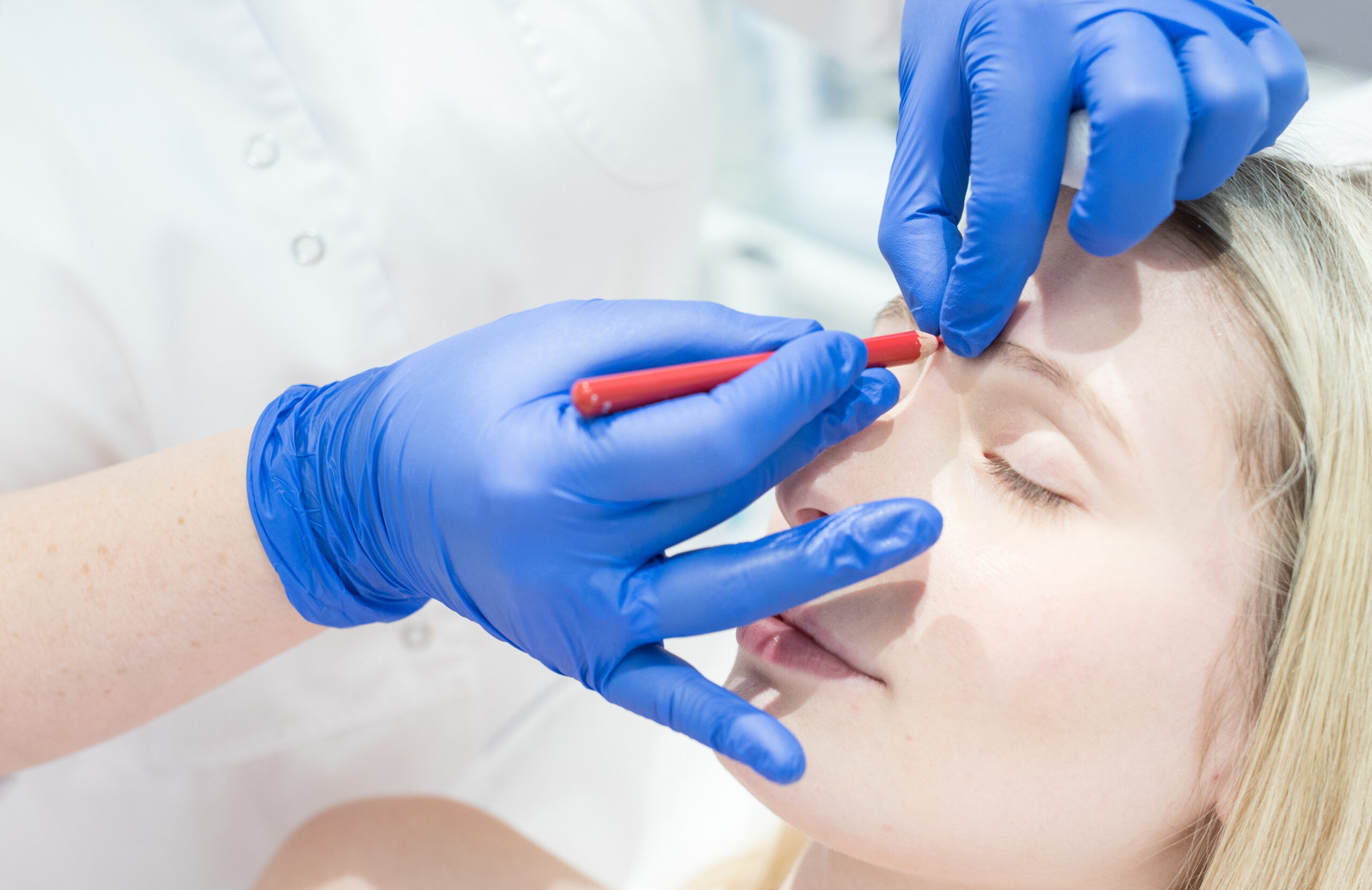For those of us who look chronically tired, one of the main contributing factors might be the amount of skin around your eyes or its laxity. If you’re struggling with drooping lids, dragged-down eyes or you just want to look more awake, Kirkland, WA facial plastic surgeon Daniel J. Liebertz, MD has an answer: blepharoplasty.
What Is Blepharoplasty?
That huge word just means eyelid surgical rejuvenation, which can be performed on the upper lid, the lower lid or both.
“An upper blepharoplasty addresses droopy or puffy skin on the upper eyelids, while lower blepharoplasties correct excess skin, puffiness, or laxity of the lower lids,” Dr. Liebertz explains. “Both procedures tend to improve the appearance of the eyes and make a person look less tired.”
The Upper Lid vs Lower Lid
Unlike a lift, which involves some amount of tightening skin or even deeper layers of the face, a blepharoplasty is typically about removing excess skin and neatly hiding the scar. That said, the upper eyelid tends to be a quicker, easier surgery.“
“An upper blepharoplasty is a relatively simple procedure: using local anesthesia, excess skin is removed from the upper lid and sutures are used to close the incision,” Dr. Liebertz says. “Sometimes excess fat may need to be removed as well. The procedure takes about 20 minutes, and there is minimal associated pain. Sutures are removed within a week, and any bruising and swelling usually resolves in 10 to 14 days.”
On the other hand, lower-lid rejuvenation is more complex. This is because it is often addressing deeper fat pads to accurately reshape the hollows of the eye, it is harder to hide thescar and overall, the anatomy of the lower eyelid is harder to work with.
“Lower blepharoplasties can be more complicated and may involve general anesthesia for the patient’s comfort and safety,” Dr. Liebertz says. “Incisions are placed either under the lower lashes or inside of the eyelid and excess fat and skin removed. Recovery from a lower blepharoplasty is similar to an upper—any bruising and swelling resolves within a week or two.”
What to Know Before a Blepharoplasty
This procedure is designed to address tired eyes—that means anyone who has drooping, heavy lids may be a good candidate for a blepharoplasty.
“Heavy, drooping upper eyelids, or less ‘real estate’ for eye shadow are common concerns that lead people to having an upper blepharoplasty,” Dr. Liebertz explains. “Patients interested in lower blepharoplasty commonly complain of lower eyelid bags or shadows.”
Because these surgeries are so specific to the patient’s anatomy, a lot of examining is required before your surgeon makes any incisions. That will likely include a pinch test, where the laxity ofyour lower lid is tested by pinching the skin an examining how long it takes it to return to normal and where excess skin may be removed.
“Specific procedures and techniques are dependent on the patient’s unique anatomy, ophthalmological history, and orbital function,” Dr. Liebertz says. “A complete examination of the brows, upper and lower lids, eyes, and midface is performed before offering any procedure.”
You’ll also need to be ready to avoid blood-thinners and take it easy on your eyes for a few weeks. “Before undergoing any time of periorbital surgery, patients are required to stop all blood thinners like aspirin or ibuprofen, as well as all vitamins, minerals and supplements for at least two weeks,” Dr. Liebertz explains. “Postoperatively, patients should avoid strenuous activities, contact lens use or eye make up for two full weeks.”
New Techniques and Approaches
Like all medicine, the blepharoplasty is constantly being improved by technological advancements. The biggest one for the world of eyelid rejuvenation is likely the addition of lasers.
“Some surgeons elect to use lasers to incise through the skin and eyelids,” Dr. Liebertz says.
When lasers are used, they seal the blood vessels as they make the incision, making it easier forsurgeons to make precise changes. Laser incisions have also been found to produce less scarring overall.
In addition to the use of laser technology, blepharoplasties have significantly advanced thanks to the rise in fat transfers.
“Fat repositioning in lower eyelid surgery can help soften the lid-cheek transition,” Dr Liebertz explains. “This is particularly true in patients with under-eye hollowing.”
